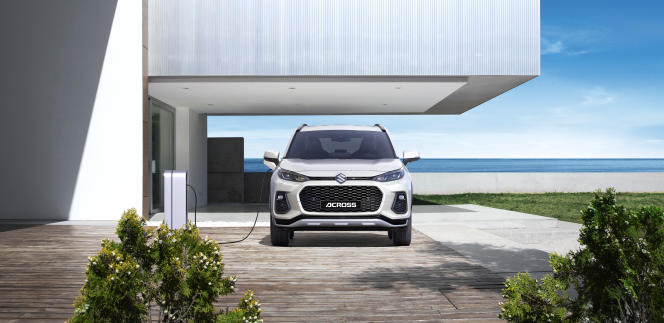There is something paradoxical about the success of hybrid engines. This technology, which is close to one in three new cars, is largely unknown, even a source of confusion among the general public. This category indeed covers several types of vehicles which should have varying fortunes.
Models with “light hybridization” (or smart hybrids) in 12 or 48 volts have a small battery which is recharged during the braking or deceleration phases and restores the stored energy to an alternator-starter during acceleration. “Available, 12-volt mild hybridization can reduce CO2 emissions between 4 and 6 grams per kilometer. This is enough to avoid certain penalties, ”explains Suzuki, a manufacturer of popular models which has electrified almost its entire range.
Faced with the programmed tightening of consumption standards, light hybridization will quickly show its limits. So the future looks brighter for the self-charging hybrid (also known as “full hybrid”). Better known, because popularized by Toyota, this technology combines the combustion engine with an electric unit powerful enough to directly drive the transmission shaft. Above all, it reduces consumption in the city (hence its success with taxis) for an additional cost of at least 1,000 euros. Renault estimates that the arrival of the Euro 7 standard in 2025 will require the marketing of only thermal vehicles equipped with complete hybridization.
The rechargeable on the harness
Last category, the rechargeable hybrid (or PHEV for plug-in hybrid electric vehicle) is controversial. Its good capacity battery, which can be plugged into an external socket, allows you to travel more than 50 kilometers in all-electric mode. Benefiting from favorable tax treatment and preferential approval conditions, three-quarters of PHEVs, designed as an alternative to diesel, are overwhelmingly used as company vehicles. However, their environmental performance depends on the propensity of their user to recharge them daily… which many do not do.
These vehicles, which will see their bonus drop from 2,000 to 1,000 euros on July 1, are in great danger of losing the tax and regulatory leniency they have benefited from so far, and of seeing their price come dangerously close to that of a 100% electric vehicle. Manufacturers are beginning to distance themselves. “The plug-in hybrid is a reaction to the environmental problem, it is not a strategy”, we believe at Audi. In 2026, the brand with the rings will stop marketing PHEVs to sell only all-electric models.














